I’ve been an interiors editor for over 20 years – these are the 5 trends that are still around from when I started out
The design trends landscape has changed a lot since 2004, but these five timeless ideas have been in fashion the whole time
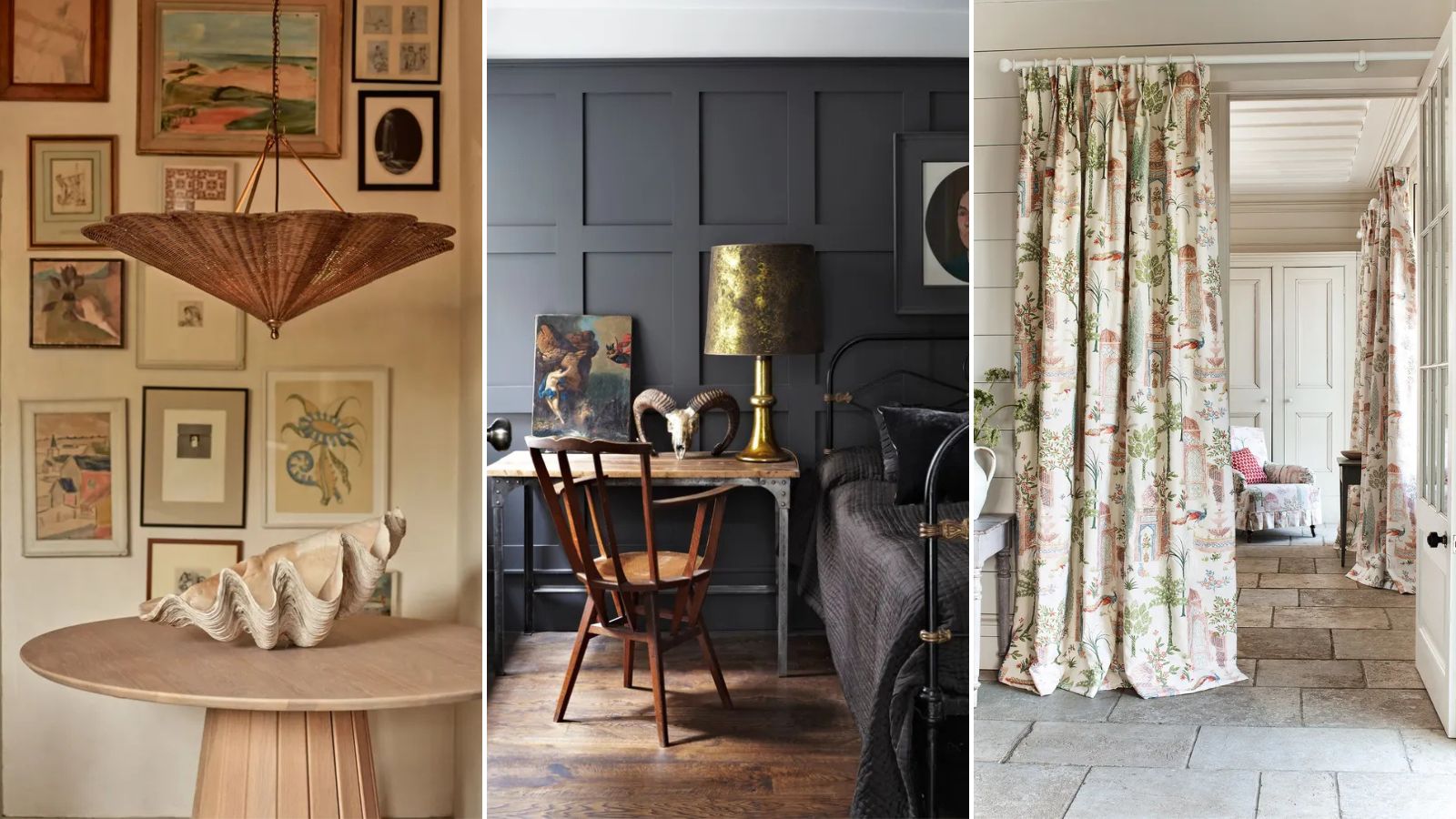
Yes, I'm old. I can't believe it's now just over 20 years since I started my first job on the interiors desk of a glossy women's magazine in December 2004. I knew little about interiors (I still don't know how I talked my way into the role) and so learned fast. I absorbed everything I read in the style press, pored over pages of magazines, and scoured the early internet for what little advice it had.
It was a very different aesthetic to now, and there are many moments from then that have long been consigned to the garbage of design trends gone by (I really don't miss vinyl wall decals or Chesterfield couches). But there are a few ideas from back then that have stayed with us – growing, changing, and evolving – but proving their worth as timeless decor ideas that seem to never go out of style.
1. Floral fabrics
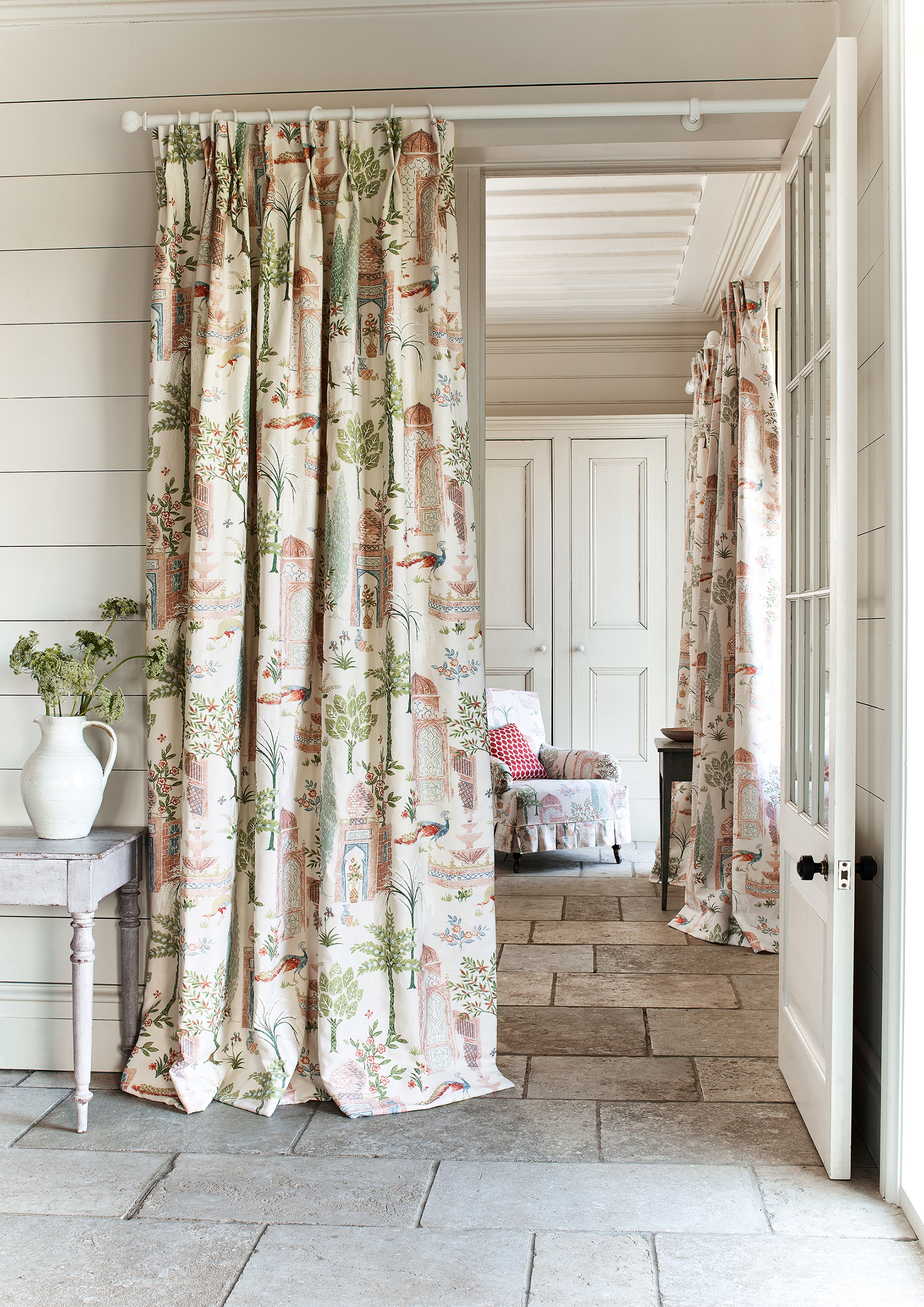
Back when I was a baby journalist, the decor world was very taken with Scandinavian florals. By brands such as Svenkst Tenn (whose fabrics still appear in homes I write about today), they had an old-world charm but blended with a more modern-for-the-time pop art feel.
Decorating with florals has gone nowhere, but if anything they're now more traditional, the further we get from the time those heritage prints were having their first outing.
They appeal because they round off the hard edges of modern architecture. 'In Santa Fe, we deal with a lot of heavy aspects of architecture like flagstone and stone walls,' says the New Mexico-based designer Heather French, co-founder of French and French Interiors. 'And so one of the things we like to do is bring in floral patterns that juxtapose the hard finishes, and round them off. Design is all about balance.'
2. Kitchen islands
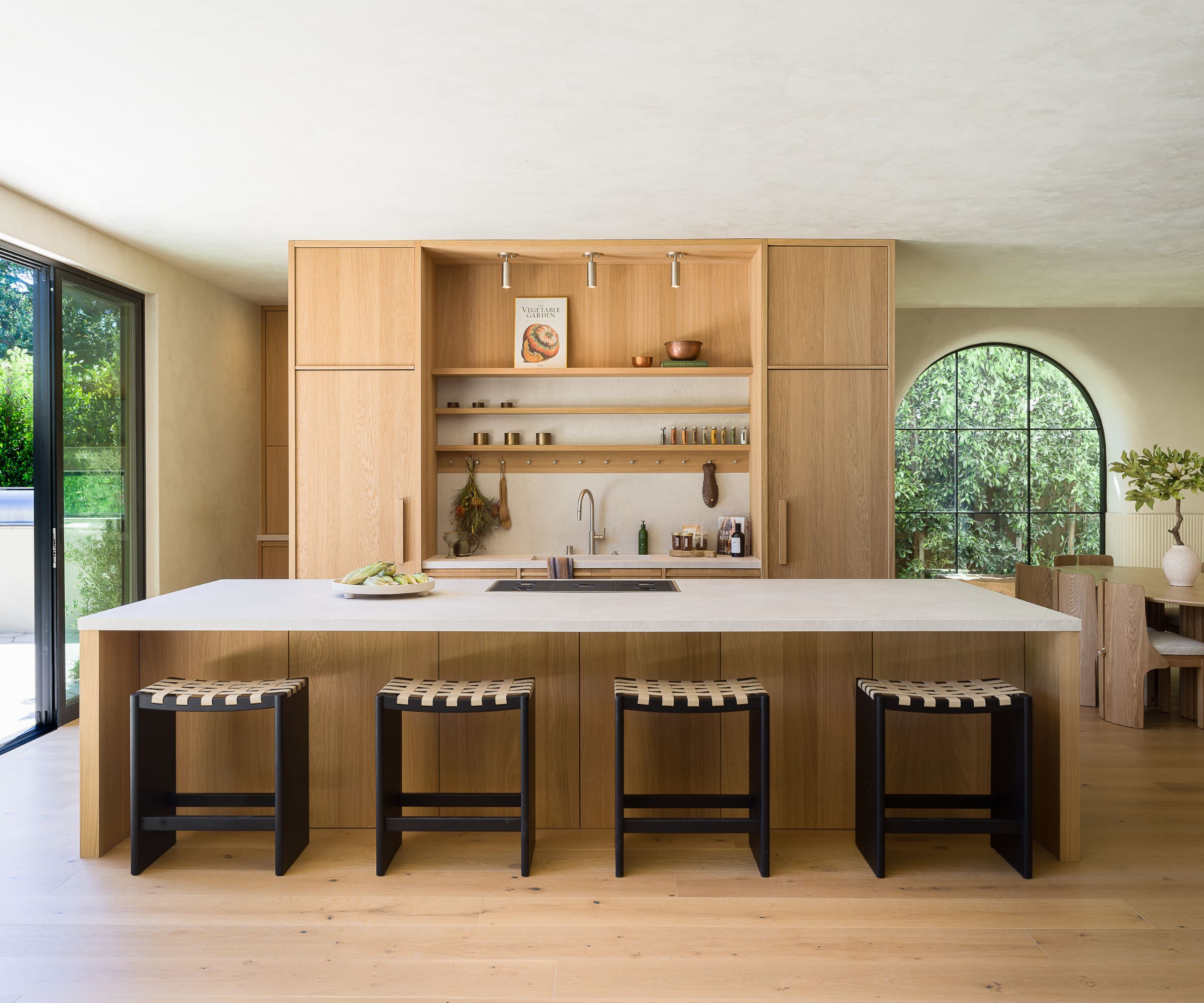
I've heard it said that you know you've made it when you've got your own island, kitchen, or otherwise. And back in late 2004, a kitchen island was the ultimate status symbol, proof of having space to place one and a modern outlook (they were so far from the breakfast bar vibe of the decade before).
Of course, islands are still one of the most desirable kitchen layouts, even if the materials used for them and the shapes they come in have changed. 'It's a fun way of eating and living,' says the interior designer Staffan Tollgard. 'We are a family that use our kitchen island all the time. It’s that old thing of huddling around the fire, coking and eating at the same time, I've always enjoyed that.' Convivial and familial, two very big 2025 watchwords.
Design expertise in your inbox – from inspiring decorating ideas and beautiful celebrity homes to practical gardening advice and shopping round-ups.
3. Farmhouse tables
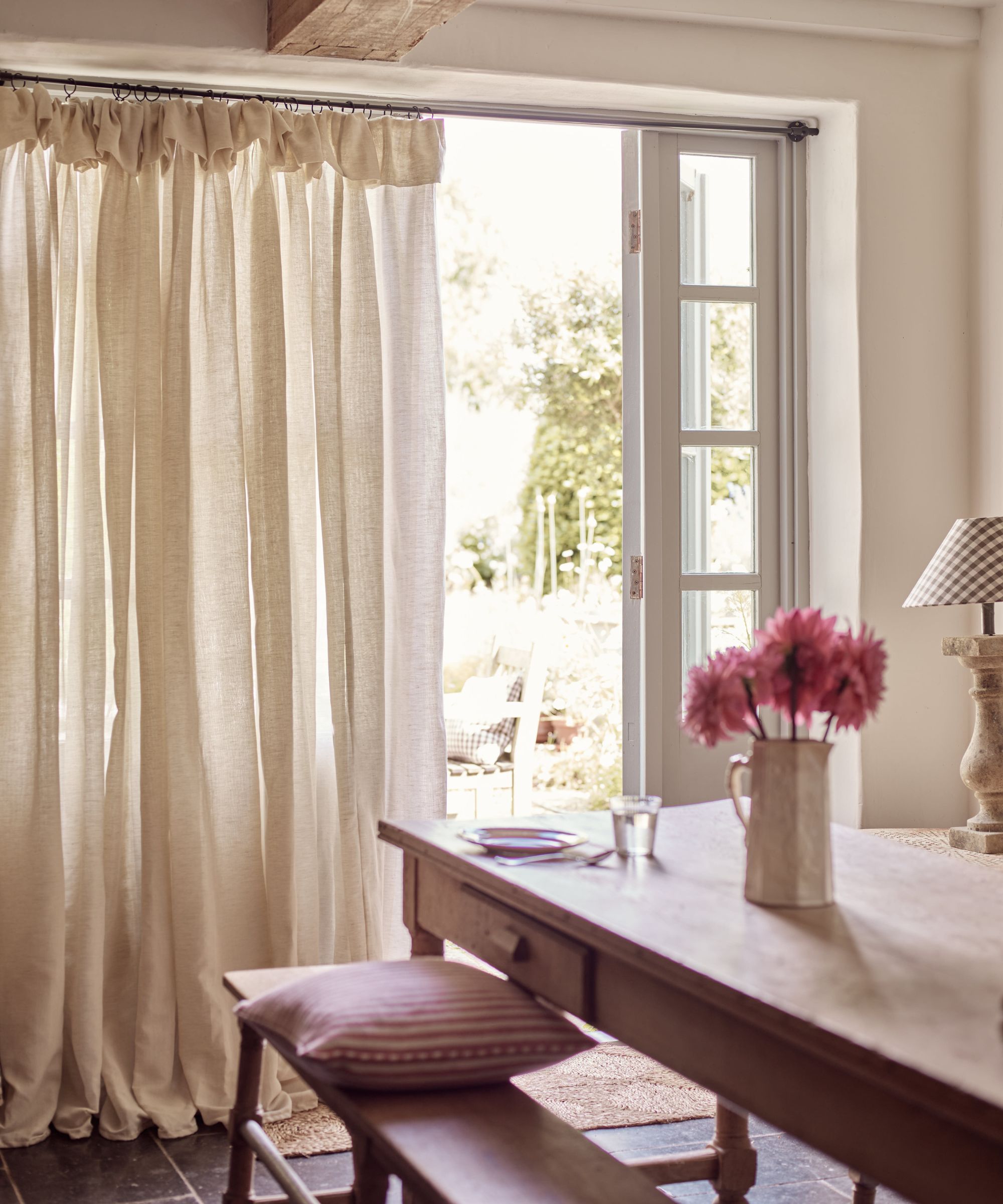
Because 2004 was peak 'shabby-chic', weathered farmhouse tables were everywhere. The more beaten and distressed the better. They would be paired with dusty chandeliers with their glass pendants, perhaps a sheepskin rug and stripped-back floorboards.
Now, they're just as desirable but used in a very different way. You'll often see them paired with mid-century or modern dining chairs and benches, adding character to sleeker spaces, part of the modern farmhouse movement. 'Farmhouse tables make spaces very homely,' says Heather French. 'They soften kitchens.' Pair with granite and a flourish.
4. Farrow & Ball paints

In 2004, the classic Elephant's Breath shade of gray by the paint brand Farrow & Ball had become a bit of a byword, used to disparage anyone who was too into their interiors, and the silly names they liked to fill their house with. This was before good decor went mainstream, and Farrow & Ball's richly pigmented tones were the preserve of those in the know.
Now, adoration for the brand has grown, with appreciation being as deep as those pigments. Almost every designer I speak to has a favorite color. 'I love Railings,' says the New York-based designer Judy Olsen Dunne, founder of the studio Butter & Eggs. 'It's always a great color as it takes on this interesting blue glow.' And that's why the paint brand has endured, the way its colors change throughout the day, the opposite of the way our desire for it has stayed the same.
5. Beige
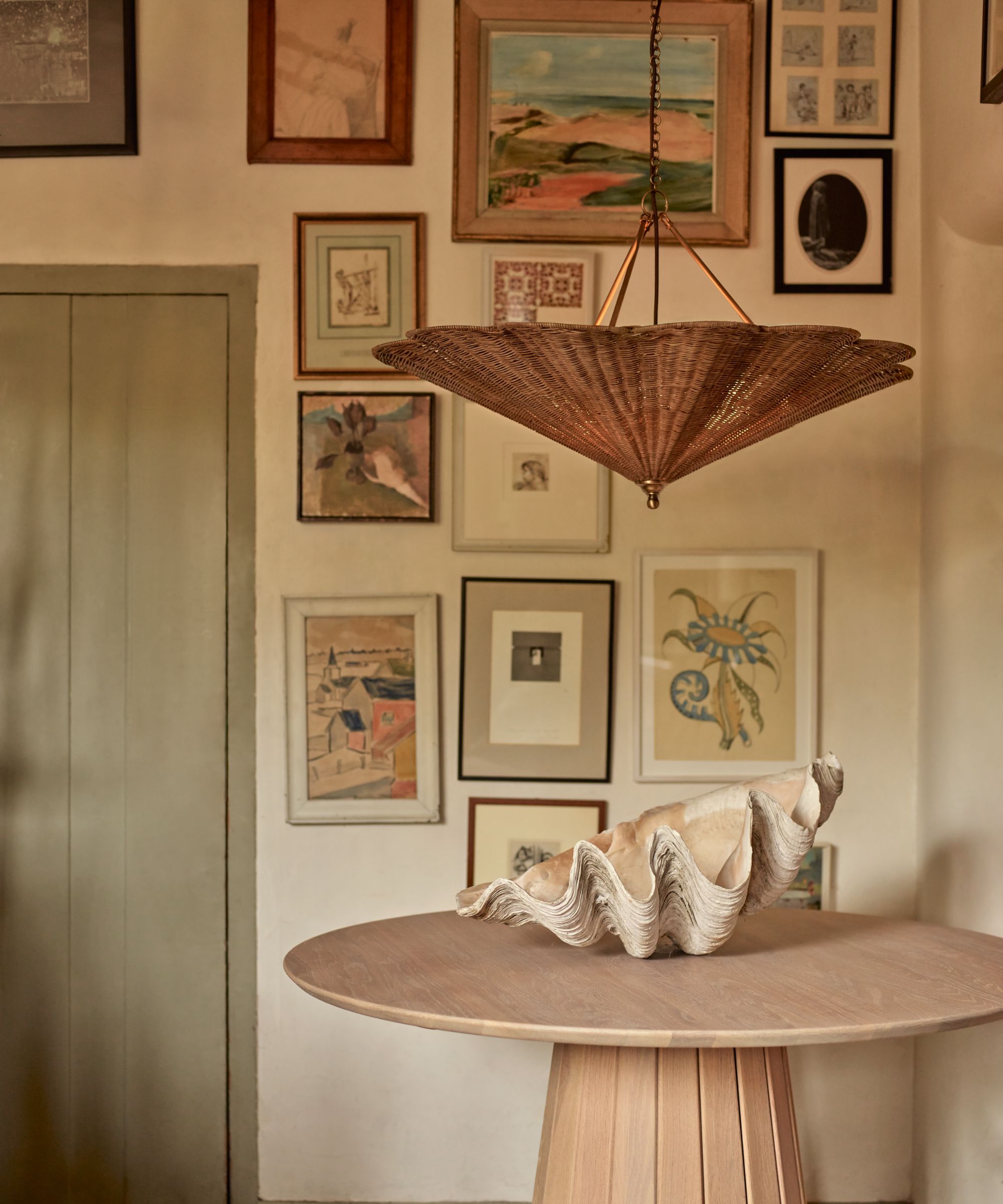
It's hard to remember how many people were scared of color back in 2004. Instead, creams, browns, taupes, and decorating with beige was seen as the most sophisticated way to live, a move on from 1990s minimalism that kept the same pared-back refinement.
And beige is still a color designers like to use, although the schemes you see it in are more homely than the austere 2004 version. 'For me, it’s all about mixing the textures and materials, doing a neutral room with different shades of brown and cream' says the Oregon-based designer Molly Kidd. 'It means that the neutrality doesn't feel bland or stark.'
A trip down memory lane has proven to me that the the 'trends' and aesthetics that were everywhere 20 years ago, in fact were trends at all. All these 5 looks were timeless, good quality and classic, which is why they have stood the test of time.
Pip Rich is an interiors journalist and editor with 20 years' experience, having written for all of the UK's biggest titles. Most recently, he was the Global Editor in Chief of our sister brand, Livingetc, where he now continues in a consulting role as Executive Editor. Before that, he was acting editor of Homes & Gardens, and has held staff positions at Sunday Times Style, ELLE Decoration, Red and Grazia. He has written three books – his most recent, A New Leaf, looked at the homes of architects who had decorated with house plants. Over his career, he has interviewed pretty much every interior designer working today, soaking up their knowledge and wisdom so as to become an expert himself.

